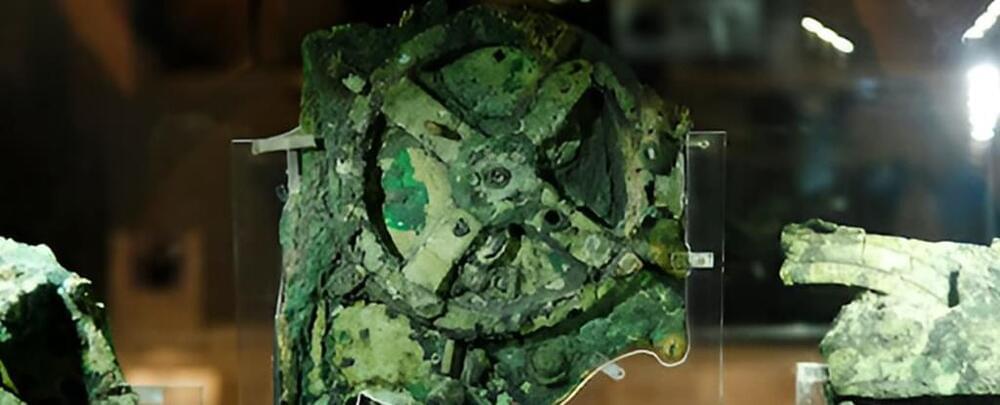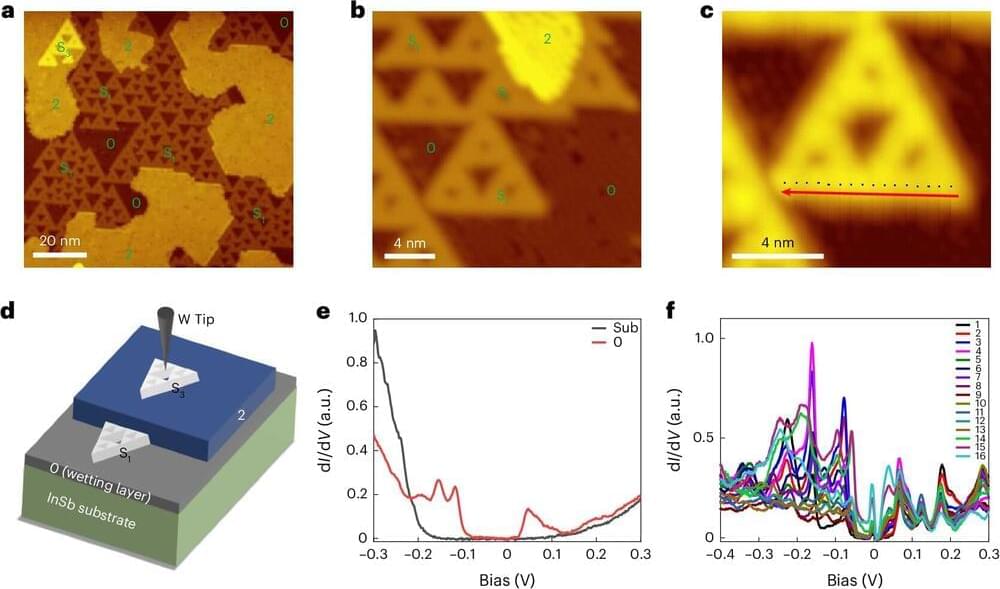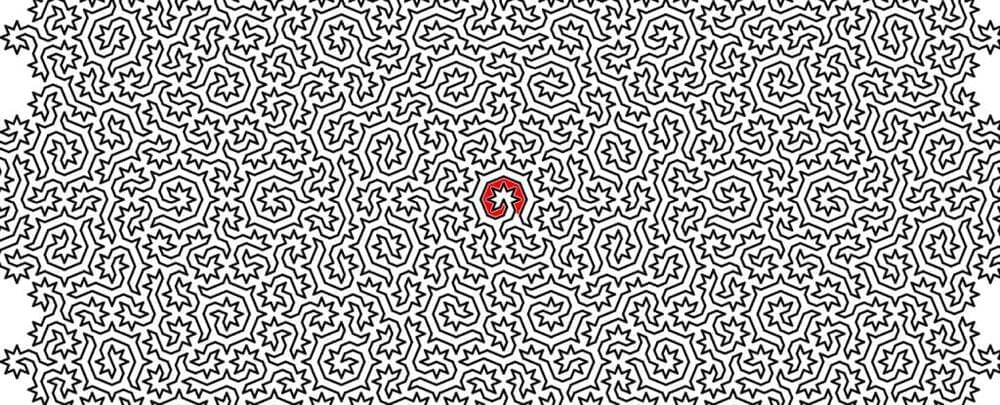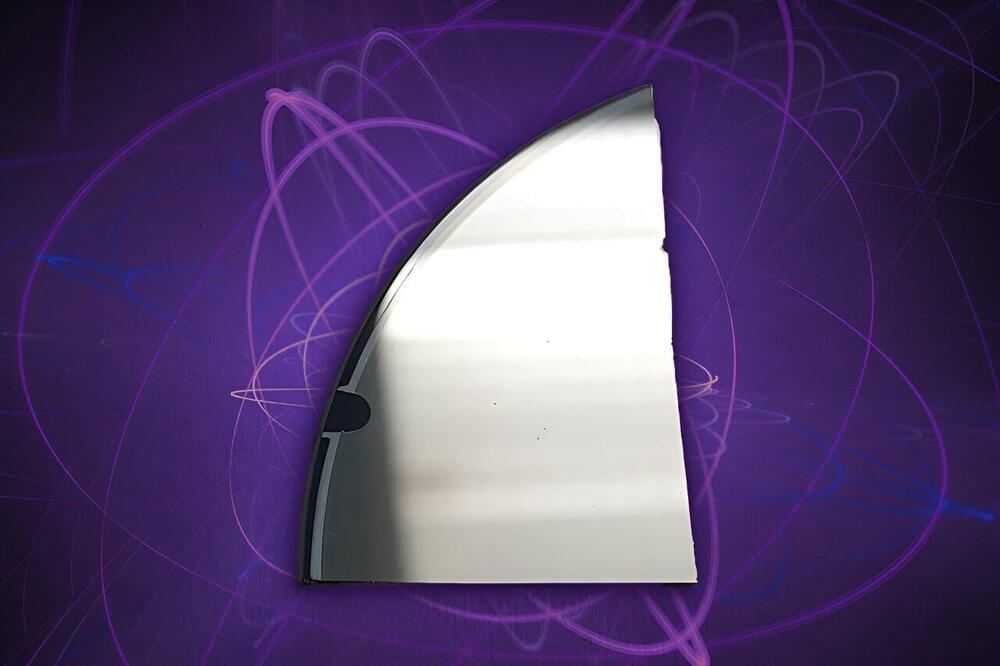As bristling with volcanoes as a porcupine with quills, Jupiter’s moon Io is the most volcanically active world in the Solar System. At any given time, around 150 of the 400 or so active volcanoes on Io are erupting. It’s constantly spewing out lava and gas; a veritable factory of volcanic excretions.
And, thanks to the Juno probe’s Jovian Infrared Auroral Mapper (JIRAM) imaging Jupiter and its surrounding environment, we now know a lot more about what a gloriously hot mess Io is.
“The high spatial resolution of JIRAM’s infrared images, combined with the favorable position of Juno during the flybys, revealed that the whole surface of Io is covered by lava lakes contained in caldera-like features,” says astrophysicist Alessandro Mura of the National Institute for Astrophysics in Italy.




